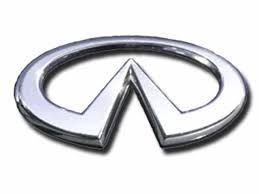FX35 RWD V6-3.5L (VQ35HR) (2010)
/Page-347001.png)
Compression Check: Testing and Inspection
COMPRESSION PRESSURE
Inspection
1. Warm up engine thoroughly. Then, stop it.
2. Release fuel pressure. See: Fuel Pressure/Testing and Inspection.
3. Disconnect fuel pump fuse (1) from IPDM E/R (2) to avoid fuel injection during measurement.
4. Remove engine cover with power tool. See: Body and Frame/Access Cover/Service and Repair/Exploded View.
5. Remove ignition coil and spark plug from each cylinder. See: Powertrain Management/Ignition System/Ignition Coil/Service and
Repair/Exploded View.
6. Connect engine tachometer (not required in use of CONSULT-III).
7. Install compression gauge with an adapter (commercial service tool) onto spark plug hole.
-
Use the adapter hat has a smaller than 20 mm (0.79 in) (a) as shown in the figure. Otherwise, it may be caught by cylinder head during removal.
a : 20 mm (0.79 in)
8. With accelerator pedal fully depressed, turn ignition switch to "START" for cranking. When the gauge pointer stabilizes, read the compression
pressure and the engine rpm. Perform these steps to check each cylinder.
Compression pressure : Refer to EM-142, "General Specification". See: Engine, Cooling and Exhaust/Engine/Specifications/General Specification
CAUTION:
Always use a fully charged battery to obtain the specified engine speed.
-
If the engine speed is out of the specified range, check battery liquid for proper gravity. Check the engine speed again with normal battery gravity.
See: Starting and Charging/Battery/Service and Repair/Procedures.
-
If compression pressure is below minimum value, check valve clearances and parts associated with combustion chamber (valve, valve seat, piston,
